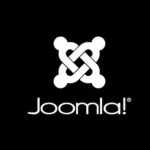
The popular open-source content management system, Joomla, is aging. Some say, less-than-gracefully. However, some organizations may have simply outgrown Joomla or just prefer to use an alternative CMS. In this article, we’ll explore five of the best alternatives to Joomla in 2024.
Some organizations are wondering how gracefully Joomla will continue to age. It hasn’t been the smoothest of histories… a few issues here, trouble updating there, database issues post-migration… we’re hearing some interesting war stories about Joomla these days.
While Joomla is still a popular choice among website developers, it’s not always suitable for everyone’s needs. These platforms offer similar features as Joomla including ease of use, customizability and scalability, while also providing unique benefits for those looking to migrate away from Joomla.

1. WordPress

With its user-friendly interface and extensive customization options, WordPress has cemented its position as one of the most popular content management systems today. Currently powering over 40% of all websites on the internet, it offers a versatile solution for small businesses, bloggers, and web developers alike.
WordPress has become a go-to platform for building large-scale websites because it has been designed with scalability in mind. It was initially developed as a blogging platform, but it has evolved into an incredibly versatile tool suitable for both small blogs and large sites that require advanced functionality.
WordPress is undoubtedly one of the strongest CMS platforms available today.
WordPress is easier to use than Joomla, which can be overwhelming for new users due to its complex interface. This ease-of-use factor makes it an ideal choice for businesses that don’t want to deal with complicated technicalities.
One reason why WordPress is such a great option for those looking to switch away from Joomla is because it offers a wide range of plugins that can be used to extend functionality further still – from eCommerce tools like WooCommerce and membership plugins like Memberful.
WordPress allows you to have full control over your site’s design with its drag-and-drop page builders or manually coding your own theme. This flexibility makes it ideal if you’re looking for an adaptable platform that can grow with your business.
Another advantage of WordPress over Joomla is its vast community and support structure – with thousands of developers creating new themes and plugins every day as well as active forums where users can seek help with any issues they encounter while working with the platform.
Top reasons organizations choose WordPress:
- Ease of use and intuitive interface
- Customization options with thousands of themes and plugins available
- Better SEO optimization capabilities with high-quality plugins available
- Regular updates and improvements from the active global WordPress developer community
- More flexible migration options for those looking to transition between different CMS platforms
Joomla requires more skills at the back-end while WordPress emphasizes ease-of-use. This makes WordPress the better alternative for smaller organizations that do not have an in-office web development team.
Another reason why companies choose WordPress over other CMS platforms is because it receives frequent updates & improvements from its active developer community around the world ensuring optimal performance standards at all times.
It’s clear, WordPress is a strong alternative to Joomla for creating your organization’s websites.
2. Webflow

Webflow is another popular alternative to Joomla that focuses heavily on design customization as well as web development needs; with its drag-and-drop website builder allowing users to quickly create stunning websites without any coding experience necessary.
It was founded in 2013 by Vlad Magdalin, Sergie Magdalin, and Bryant Chou. The first version of the platform was released in May 2013 allowing users to create websites without any code; they could simply drag-and-drop elements onto their page then customize them accordingly.
The platform was designed to be as user friendly as possible so that novice or expert users alike could build their own custom websites quickly with no steep learning curve required!
Top reasons organizations choose Webflow:
- Webflow is easier to use and less complexity than Joomla or WordPress
- Webflow offers a faster development cycle with no need for coding knowledge
- Webflow provides more control over design, with powerful visual tools that make it much easier to create custom layouts and styles in comparison to WordPress or Joomla
- Webflow is fully hosted, so organizations don’t have to manage servers and hosting costs
- Webflow offers better page loading speeds and greater scalability due to its optimized infrastructure
For global organizations, Webflow could be a viable alternative to Joomla. Webflow is a cloud-based platform, which means that it is accessible from anywhere in the world with an internet connection. This is important for global organizations that have employees and stakeholders in different parts of the world.
One key advantage of Webflow over Joomla is its visual nature, which makes designing websites more accessible for non-technical users who may not feel comfortable working with complex codebases.
WebFlow has recently been blowing up in popularity amongst marketing teams across a broad range of businesses, we think due to the rising demand from stakeholders requesting “pixel perfect” designs from internal (or external) designers.
“There’s no denying the Webflow marketing team clearly knows what they’re doing,” explains Matt Blalock, engineer and digital strategy consultant. “They’ve successfully positioned themselves in a welcoming environment and the product delivers what their customers expect.”
Webflow is highly customizable, which means that it can be tailored to meet the specific needs of a global organization. With its powerful integrations and APIs, Webflow can be integrated with other tools and platforms that a global organization may already be using, such as CRM systems, marketing automation tools, and analytics platforms.
Typically Webflow is most popular among startups & small businesses because it offers powerful yet simple-to-use solutions that allow even non-technical people on your team there’s no need for cost-prohibitive developer support every step of the way hence reducing operational costs long-term too!
3. Craft CMS
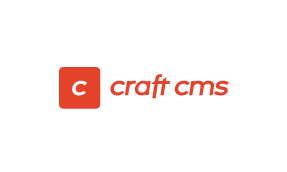
Craft CMS is known for its flexibility and scalability – two essential features that make it an excellent alternative to Joomla. It’s highly customizable and offers robust content management tools, with an intuitive user interface designed to minimize the learning curve.
CraftCMS is suitable for organizations looking for granular permissions control (i.e., large editorial teams). For example: giving multiple people permission levels on specific sections or types of content and assets rather than the whole site.

CraftCMS really has a robust support community. While Joomla does have an active community, it doesn’t measure up against the level of support that CraftCMS community provides. The dedicated CraftCMS Slack channel with over 5000 users leverages like-minded developers and resources to solve issues on the platform.
According to David Harleton from the BIG development team: “When compared with other popular PHP-based CMS platforms like WordPress or Drupal – both known for being slow under heavy volume – our tests concluded that Craft was surprisingly quick.”
This speed translates into faster loading times for webpages on your site—which means better user experience and higher engagement rates for potential customers.
Top reasons we see organizations choose CraftCMS over Joomla:
- Powerful templating engine and content architecture that offers more control over site structure.
- High-performance caching options with built-in optimization features.
- Easily extendable and customizable, allowing for an infinite amount of possibilities when it comes to design and functionality.
The platform provides everything developers need while being secure and supported by a global community who can help answer any questions or queries you might have about using this amazing software platform!
4. Drupal
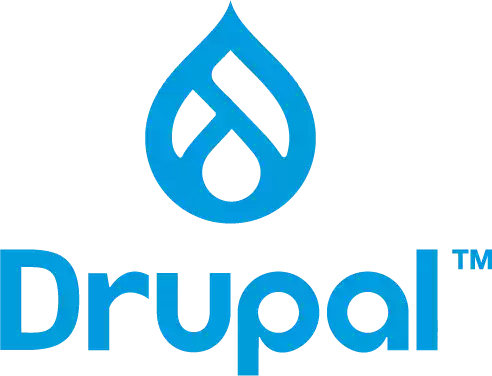
Drupal is another popular open-source content management system used by many organizations for website building and web application development. Like Joomla, Drupal provides robust customization options – but compared to other CMSs on this list such as WebFlow or CraftCMS – it does require more advanced technical skills.
Drupal is one of the oldest content management systems out there: dating back almost two decades now!
So when would you choose Drupal instead? Well, typically, if you need deep features like taxonomy/term hierarchy (think nested categories), complex types custom fields or granular permissions control (i.e., large editorial teams). Plus if your team consists primarily programmers; not business analysts, designers or marketers who might favor simpler UI solutions!
However- if you’re migrating away from joomla due to curveballs in complexity involved in maintenance tasks or upgrades – be sure research how complex upgrading core vs modules are across all platforms before making any decisions.
Top reasons organizations choose Drupal over Joomla:
- Highly extendable – thousands of modules available to add new functionality.
- Powerful and customizable content structure with taxonomy, custom fields and granular permission control.
- Powerful caching option helps keep page loading times fast while also keeping pages secure from malicious attacks
- Fine-grained access & user management system allows you to restrict access rights on a per-user basis or by role/group
Drupal has been around since 2001, so it has a long history of being a reliable and secure CMS. It’s also highly extensible, with thousands of modules available that can be used to add new functionality.
What many organizations find, with Drupal, is that it might be more complex to use than other CMSs such as Joomla and WordPress, but the trade-off for this complexity often comes in terms of greater customizability and scalability.
5 More Alternatives to Joomla
Wix
Wix is a popular website builder that offers an intuitive drag-and-drop interface. It’s known for its user-friendly design and flexibility of use, making it great for beginners or small businesses.
Key advantages include: built-in SEO tools and advanced analytics, multi-language support, mobile optimization, and over 500 pre-designed templates to choose from.
Weebly
Weebly is another popular website builder known for its ease-of-use and beginner-friendly features. It offers a range of responsive templates with drag-and-drop functions as well as pre-designed building blocks users can select to create their desired layout.
Key advantages include: user-friendly interface even if you lack technical knowledge; integrated e-commerce functionality; blogging platform included; mobile optimization
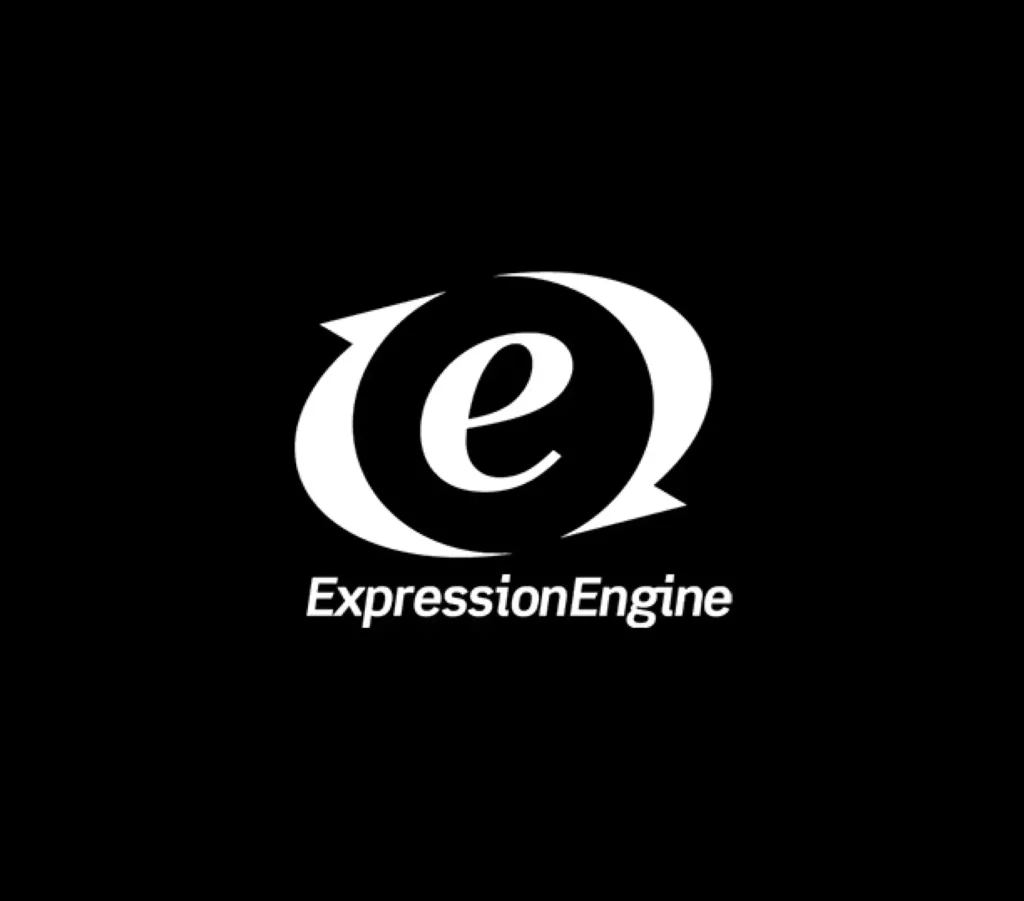
ExpressionEngine
ExpressionEngine is a robust content management system favored by web professionals looking to build more complex websites. It’s flexible, yet also scalable.
Key advantages include: powerful template engine enabling developers bring unique designs to reality; highly customizable back-end; uniquely adaptable platform suits developers familiar with object-oriented programming and PHP.
Ghost
Ghost is a minimalist CMS geared towards bloggers or publications with content creators at heart . It boasts impressive native blogging tools which renders it ideal for anyone making writing quality posts an essential aspect of their business growth strategy since it prioritizes the publishing workflow allowing a better focus on content creation over complex administrative tasks such as designing landing pages etc..
Noteworthy features include: API supports which allows integration into external applications or RSS feeds without needing full access credentials, an easy-to-use markdown editor alongside other formatting options, post scheduling; it is minimalist.
Sitecore
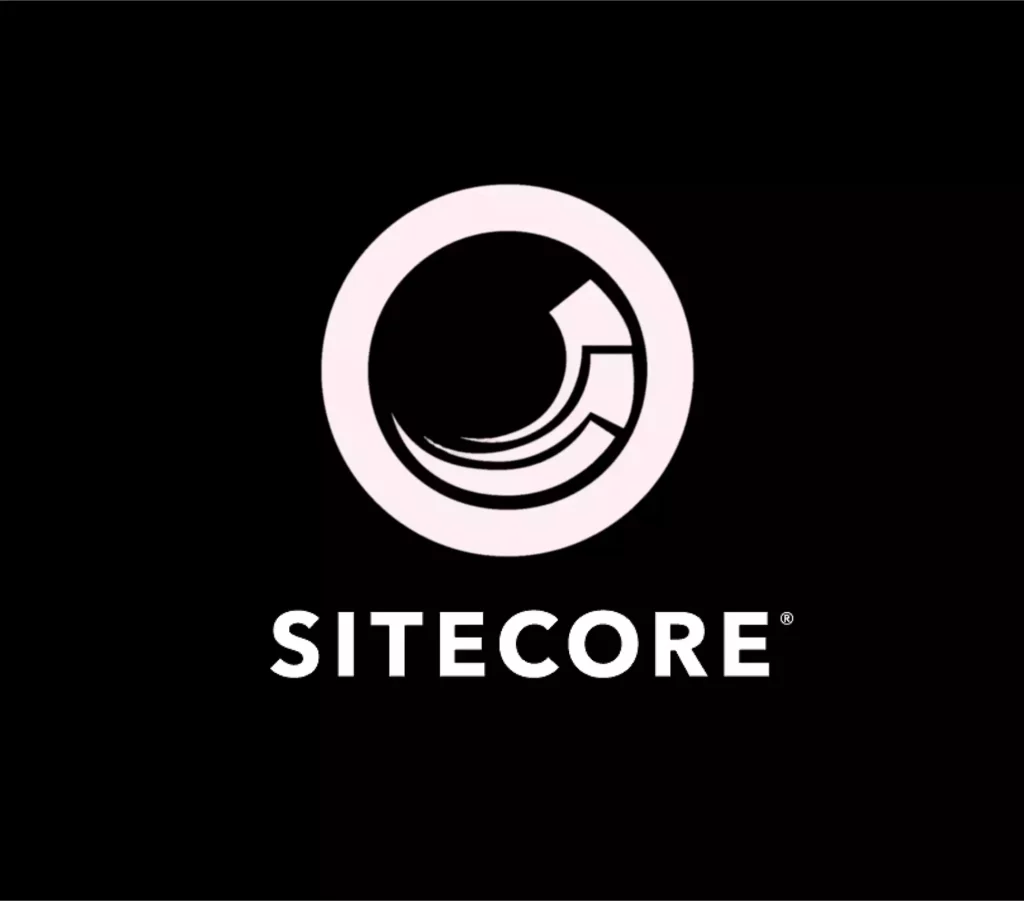
Sitecore CMS is an enterprise-level content management system geared towards high-performing websites with advanced requirements such as user-specific personalized content or real-time data integrations.
Sitecore boasts seriously robust functionality, purely intended for larger-scale website where bespoke solutions are needed; it’s pretty expensive compared to other CMSs on this list.
Next Steps for Your Organization
We’ve looked at five popular alternatives to Joomla in 2023 – but which one is right for your organization? The best option will depend on the size of your organization, its needs and resources, as well as future plans.
Before jumping into a new platform headfirst, it’s important to research each system thoroughly and speak with professionals who have experience using them. Collecting expert insights can help you determine what features are most relevant to meet your requirements while also avoiding any potential pitfalls during the migration process.
If your organization is already using Joomla, and are considering switching to something else, we’d love to help in your decision. Our engineers help organizations around the globe transition to the website and CMS they need to succeed. For many, migrating from Joomla to WordPress might be the right choice. No matter what your organization needs, we can help you to assess your requirements and understand which is right for you.
Learn more and additional reading:
- Learn more about how to export content from Joomla and the best tools to use to make that process easier. We cover CSV article exports and general exporting for all types of Joomla content.
- Learn about the FG Joomla plugin and what this tool can do to help you as you make the switch.
- Read up on planning a website migration and what to consider to make it as seamlessly as possible, what steps should be taken, tips for avoiding problems along the way and more helpful advice from experts, includes the Migration Plan Playbook.


